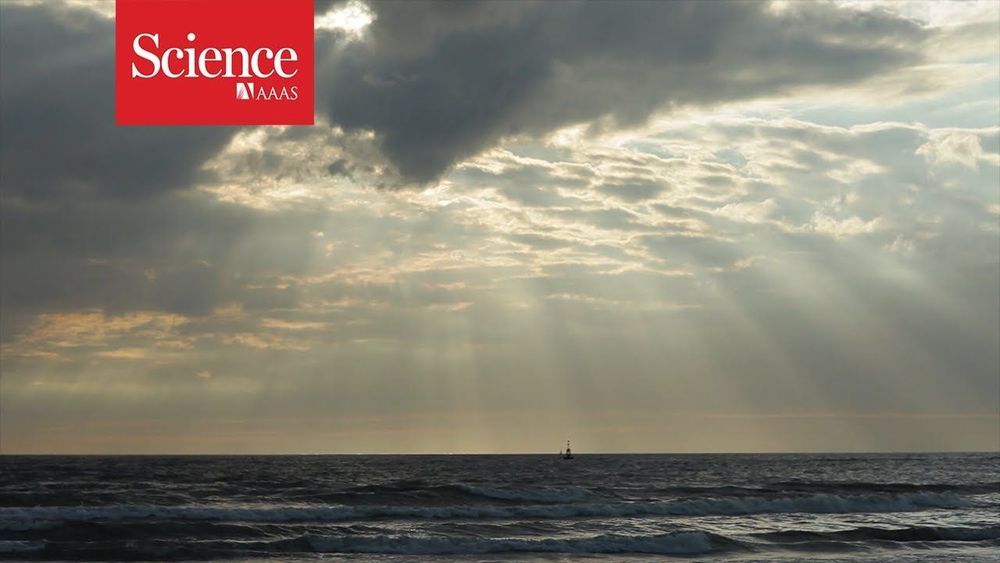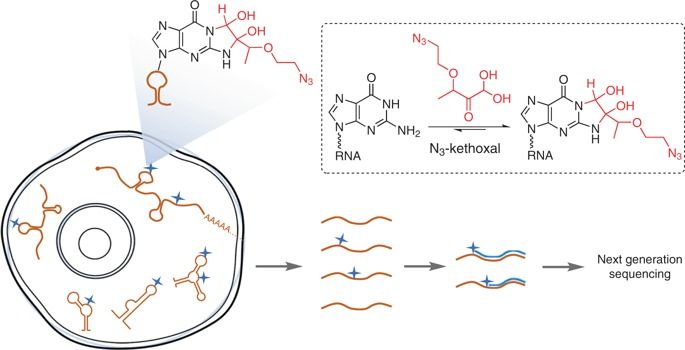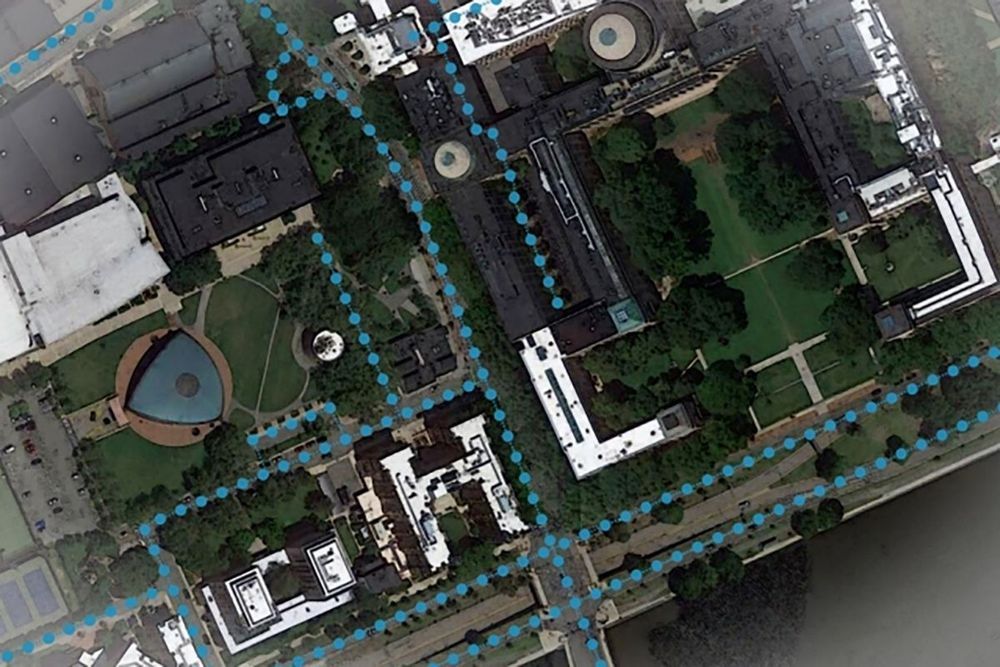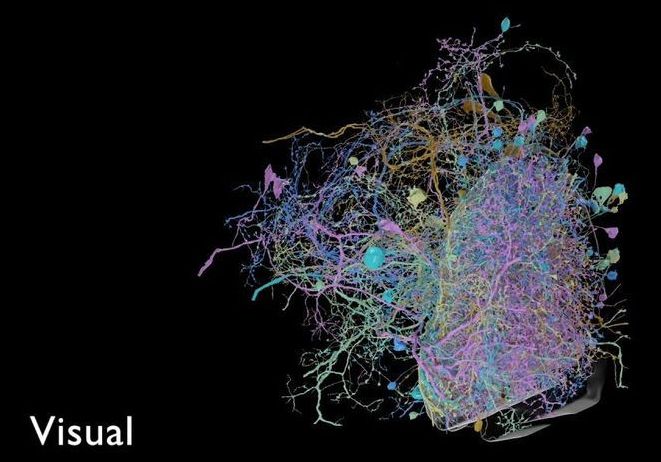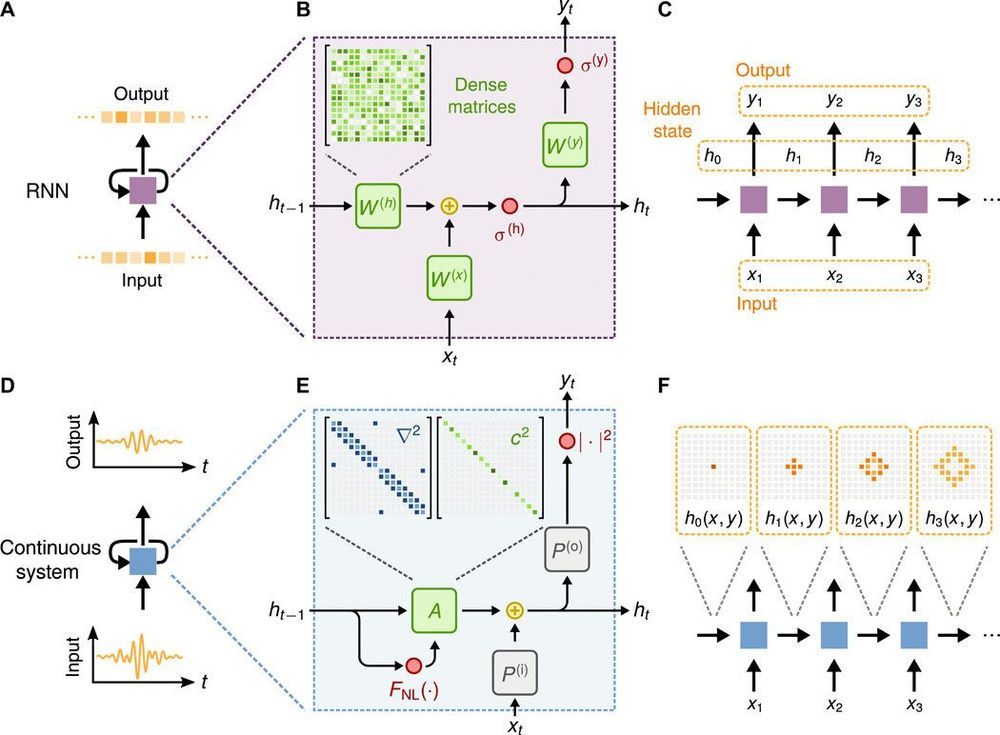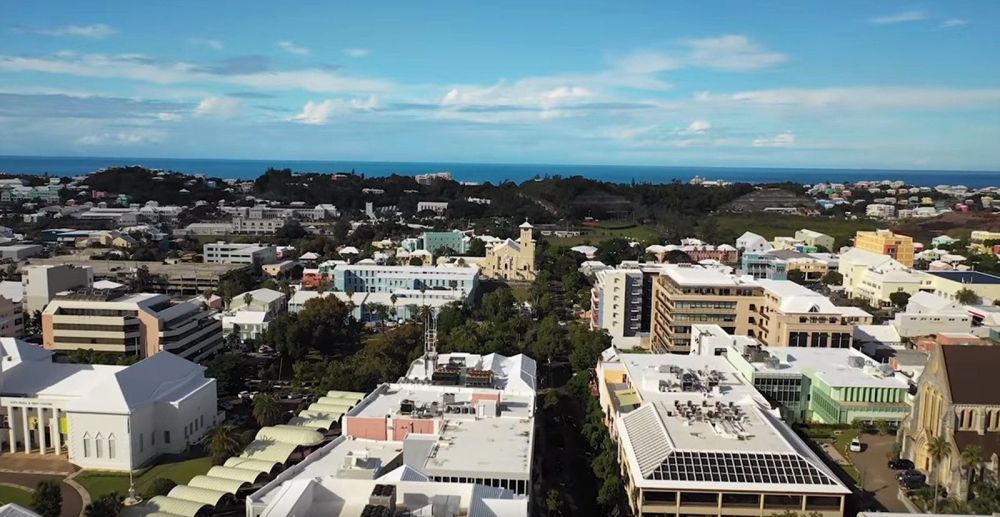A region beneath the rough waters of the North Sea, known as Doggerland, holds archaeological clues to the past. Watch how researchers are using advances in mapping and leads from dredging sites to piece together the history of this vanished landscape.
Read the story: https://www.sciencemag.org/news/2020/01/relics-washed-beache…-north-sea
Europe’s Lost Frontiers Research:
The study was supported by European Research Council funding through the European Union’s Horizon 2020 re-search and innovation programme (project no. 670518 LOST FRONTIERS, https://erc.europa.eu/ https://lostfrontiers.teamapp.com/) and the Estonian Research Council grant (https://www.etag.ee/, project no. PUTJD829). We acknowledge PGS (https://www.pgs.com/) through provision of data under license CA-BRAD-001‑2017. The Brown Bank expeditions were supported through the Flanders Marine institute (VLIZ, http://www.vliz.be/en) and the Royal Belgian Institute of Natural Sciences (https://odnature.naturalsciences.be/belgica/en/)
